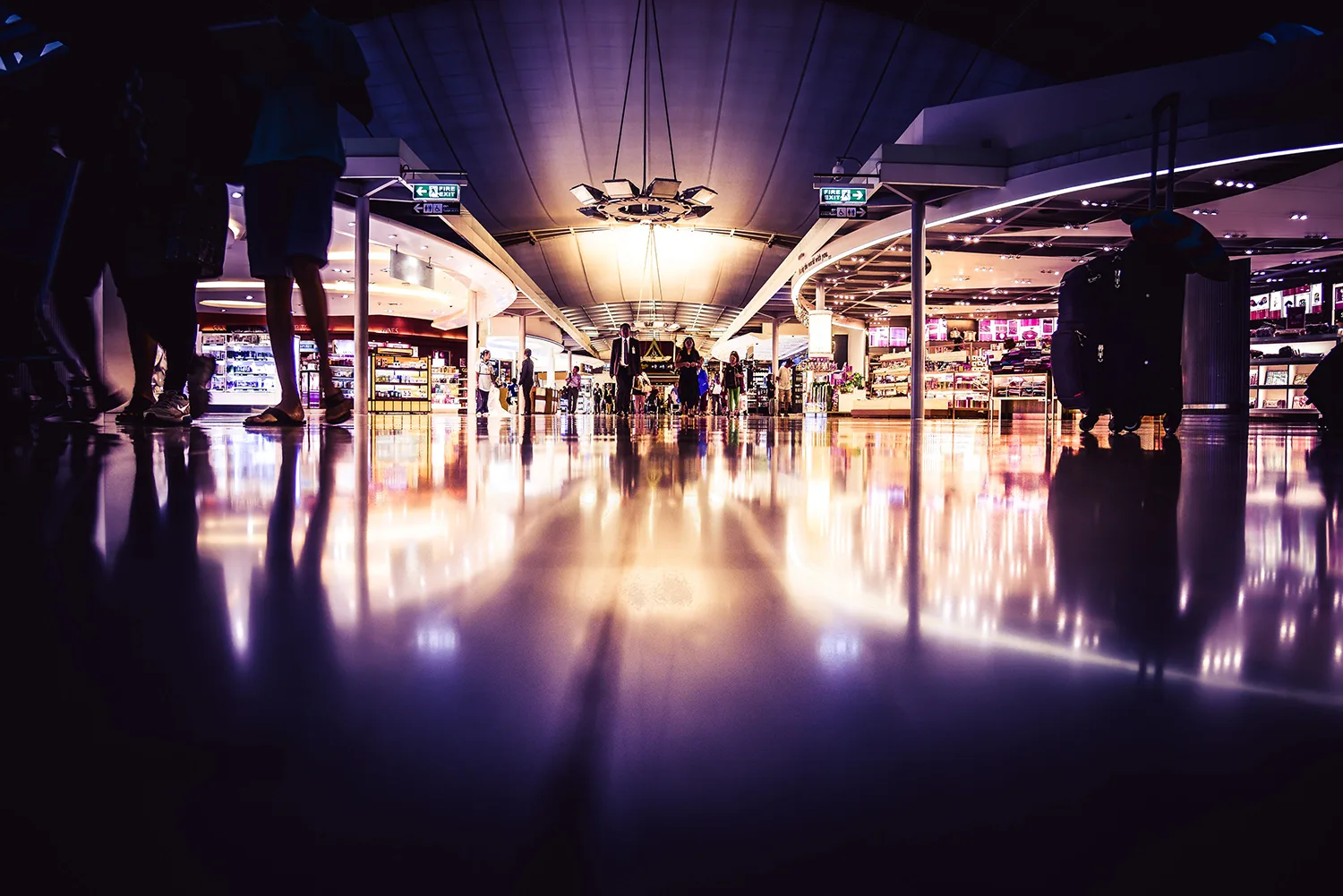

Thermal imaging people counters are one of the most accurate methods available on the market for collecting foot traffic data. They’re also becoming one of the most popular methods because of their accuracy and versatility. Thermal imaging people counters use sensors to detect infrared radiation given off by people, which allows them to be undaunted by bad lighting conditions, shadows or high volumes of people to achieve a 98% accuracy rate.
The many ways that foot traffic data can benefit your business, regardless of whether you are a retailer, casino, library, or university, makes it even more important for you to have accurate counts. You can use the insights from this data in three main ways:
1. Allowing You to Customize Zones and Sensitivity
Thermal imaging people counters are great options for buildings with exceptionally wide, awkward or irregular entranceways because you can customize the count zone to adapt to your specific entrance configuration and size. Units are mounted on the ceiling in a discreet and unobtrusive tamper-proof enclosure and allow you to position them strategically to capture your target count area.
The ability to set sensitivity levels is especially useful for counting groups of people that include children. Traditional people counters only have about a 70 percent accuracy in detecting children, while thermal imaging can increase the accuracy rate to as high as 95 percent. You can also tweak the way a thermal imaging people counter detects people according to the way they are walking into or out of the zone.
2. Providing Accuracy Regardless of Conditions
One of the main reasons that businesses choose a thermal imaging people counter is that it performs reliably regardless of external conditions. Some solutions have diminished accuracy as lighting or weather conditions change. Thermal imaging functions the same regardless of ambient light, darkness or bright light. Also, counts aren’t affected by the presence or rain or snow and they can be used in all climates from the coldest to the most arid. Since thermal imaging people counters purely measure the heat given off by bodies passing through its field of vision, neither high traffic volumes nor background movement or shadows interfere with the sensors.
3. Increasing the Detection Area
For buildings with wide entrances or public spaces that have a large area that needs to be monitored a thermal imaging people counter is ideal. It can give you up to a 30 percent increase in coverage area over other people counting technologies.
Other technologies have a static and finite range while thermal imaging units can often be networked to create a coverage area up to 118 feet wide. They can also be mounted on low ceilings, as low as seven feet high for the minimum, though it does decrease the width of the coverage area when mounted at that height.
Thermal Imaging People Counters Fuels Analytics
Measuring foot traffic affects many areas of your operations from budgeting to inventory and forecasting. Analyzing traffic data helps you make smarter decisions when it comes to scheduling staff, purchasing supplies, or ordering merchandise. You will only benefit from a more accurate count of the traffic you are experiencing.
If you want to take it up a notch, some businesses and non-profits opt for a thermal imaging solution combined with image processing detection. This makes it easier to differentiate between adults and children and offers absolute verification capability provided by a live, real-time image processing feed.
Even on its own though, a thermal imaging people counter can substantially improve your foot traffic insights. Its highly accurate counting technology, its ability to function even in adverse weather and lighting conditions and the increase to your counting field of vision by nearly a third make it an option many business owners and building managers turn to for measuring foot traffic at their facility.